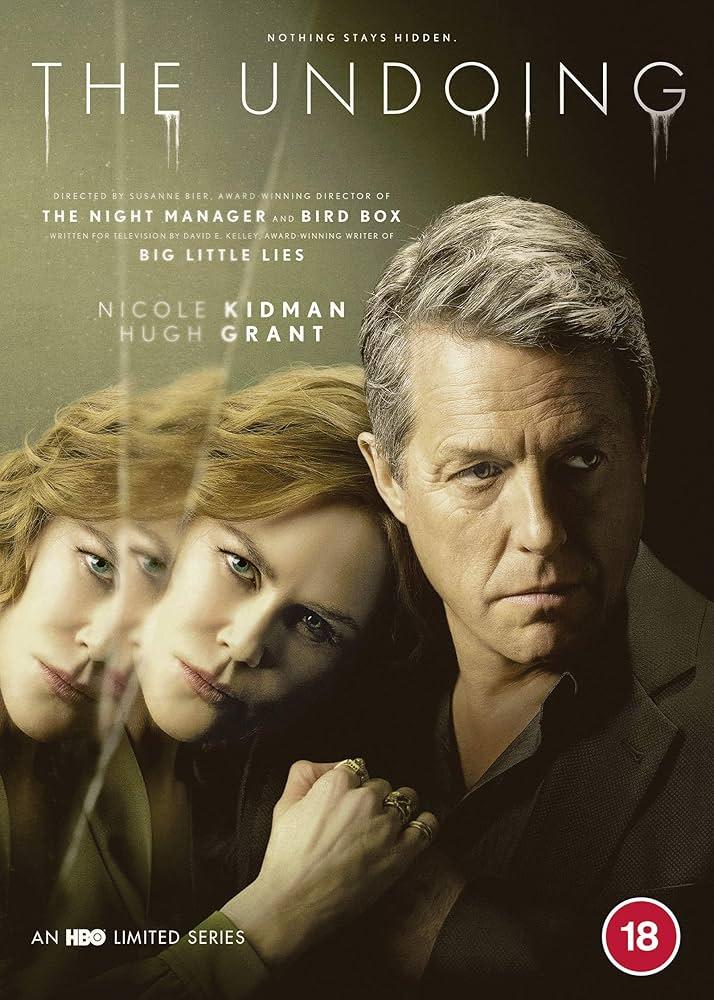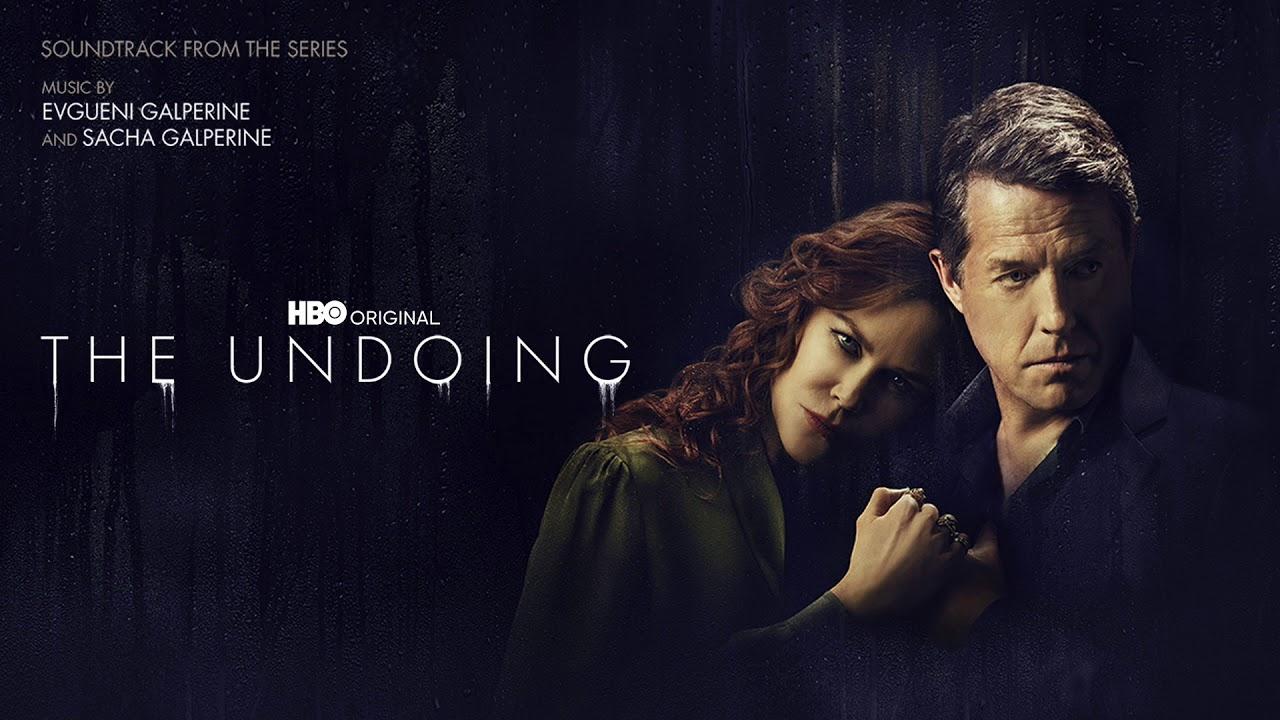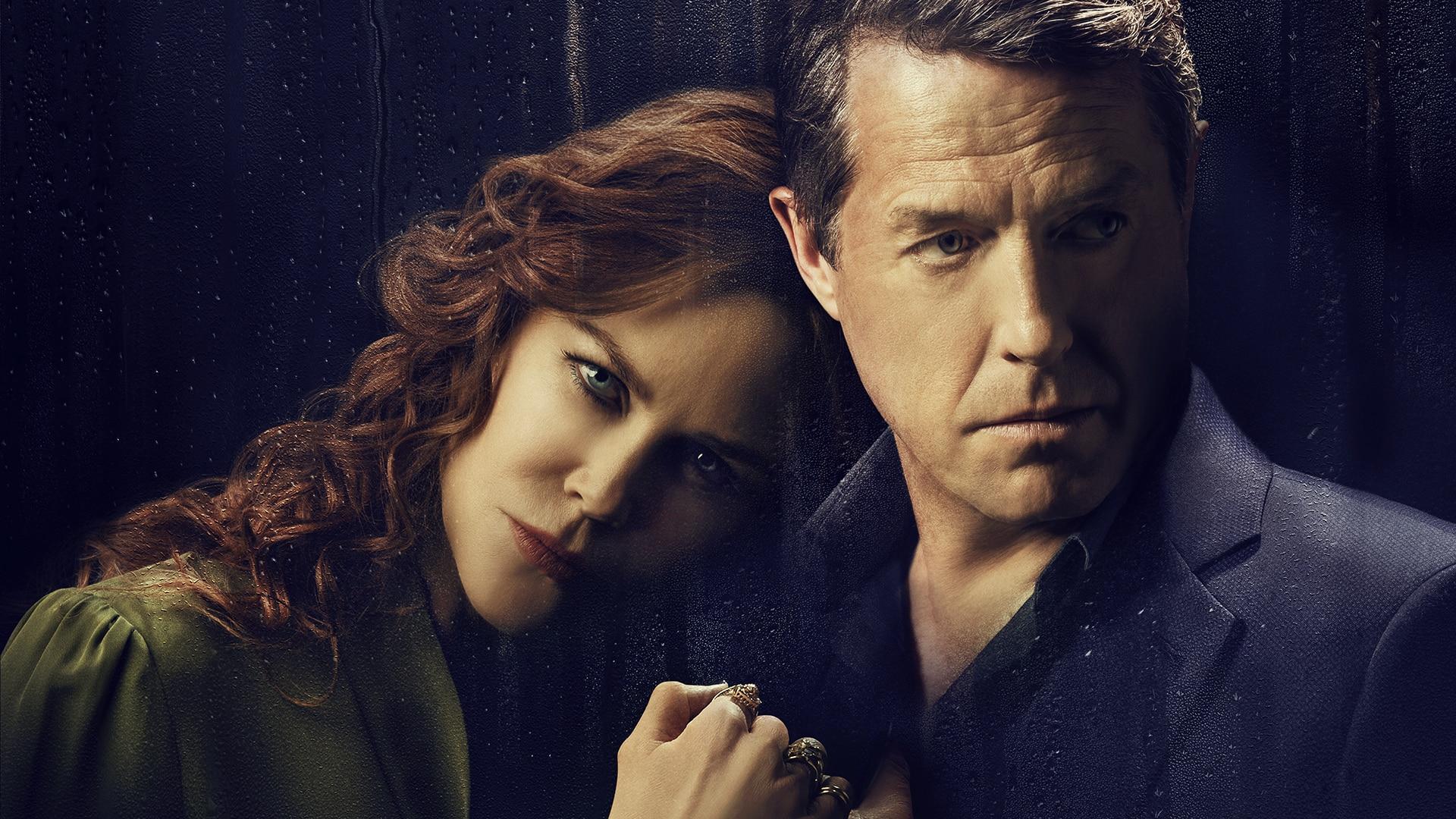In the realm of television drama, few series have sparked as much anticipation and discussion as HBO’s “The Undoing.” Starring Nicole Kidman and Hugh Grant, this psychological thriller was surrounded by a whirlwind of hype even before its debut, promising a gripping narrative, stellar performances, and an intricate unraveling of mystery. As audiences tuned in, the series quickly became a cultural touchstone, with viewers and critics alike dissecting its every twist and turn. This article seeks to explore whether the widespread enthusiasm surrounding “The Undoing” was justified, delving into its narrative structure, character development, and overall execution to assess its impact and legacy in the landscape of modern television.
Exploring the Narrative Structure and Character Development
In examining the intricate layers of The Undoing, the narrative structure is both a strength and a point of contention. The series employs a non-linear storytelling technique, weaving together flashbacks and real-time events to create a tapestry of suspense. This approach keeps the audience guessing, yet it occasionally sacrifices coherence for the sake of mystery. The show’s pacing, while deliberate, sometimes stretches thin over its limited episodes, leaving viewers yearning for more substantial plot progression.
Character development plays a pivotal role in driving the story forward. The protagonist, Grace Fraser, is depicted as a complex figure caught in a web of deceit and self-discovery. Her evolution is portrayed through subtle shifts in demeanor and decision-making, reflecting her internal turmoil. Other characters, however, such as Jonathan Fraser, are given less depth, often serving as plot devices rather than fully fleshed-out individuals. The series raises questions about trust and perception, but some character arcs feel underdeveloped, leading to mixed reactions from the audience.
- Non-linear storytelling: Keeps viewers engaged but may confuse some.
- Pacing issues: Can detract from the overall narrative impact.
- Grace Fraser’s complexity: A highlight of character exploration.
- Supporting characters: Occasionally lack depth.

Analyzing Viewer Reception and Critical Reviews
In evaluating the viewer reception of “The Undoing,” it becomes evident that the series sparked a mix of admiration and critique among audiences. Many viewers praised the show’s intense storytelling and the captivating performances of its lead actors, Nicole Kidman and Hugh Grant. The suspenseful plot twists kept audiences on the edge of their seats, creating a buzz that fueled discussions across social media platforms. However, some viewers expressed disappointment over the series’ finale, which they felt did not live up to the buildup, describing it as predictable and lacking in the shock factor that the series had promised.
Critical reviews of “The Undoing” paint a similarly varied picture. Critics lauded the series for its high production values and the gripping atmosphere created by its director, Susanne Bier. Notably, the show was appreciated for its lush cinematography and the complex portrayal of its characters. Despite these strengths, several critics pointed out that the narrative sometimes leaned heavily on genre clichés, which detracted from its originality. The series was also critiqued for pacing issues, with some episodes being seen as slow and overly drawn out. while “The Undoing” was a commercial success, its critical reception reveals a divide between those who found it masterful and others who viewed it as a missed opportunity.

Assessing the Series Contribution to the Genre
In evaluating how “The Undoing” contributes to its genre, one must consider the nuanced elements it brings to the psychological thriller category. The series does not merely rely on traditional tropes; instead, it employs a sophisticated narrative structure and character development to elevate the storytelling experience. Nicole Kidman’s portrayal of Grace Fraser adds layers of complexity to the character, challenging viewers’ perceptions and expectations. The series’ ability to intertwine psychological depth with suspenseful storytelling is a testament to its innovative approach, setting it apart from conventional thrillers.
- Character Complexity: Unlike many thrillers that focus solely on plot, “The Undoing” delves deeply into its characters’ psyches, offering a more immersive experience.
- Cinematic Aesthetics: The series uses visual storytelling to enhance the narrative, with carefully crafted scenes that build tension and intrigue.
- Narrative Innovation: By blending mystery with psychological exploration, it redefines what viewers can expect from a thriller.
These elements contribute to a genre that often risks becoming formulaic, providing fresh perspectives and engaging audiences on multiple levels. While “The Undoing” may not revolutionize the genre, it certainly enriches it, making a significant impact that resonates with viewers and critics alike.

Evaluating the Hype: A Balanced Perspective on Success and Shortcomings
In assessing the series’ triumphs and pitfalls, it’s crucial to delve into both its acclaimed successes and its less celebrated aspects. On one hand, the show captivated audiences with its gripping narrative, stellar performances, and visually stunning cinematography. These elements garnered widespread acclaim, leading to high ratings and a fervent fanbase. Notably, the intricate character development and the unpredictable twists kept viewers on the edge of their seats, sparking discussions across various media platforms.
- Engaging Plot: The storyline, rich with suspense and drama, offered a fresh take on familiar themes.
- Character Depth: Each character was crafted with complexity, adding layers to the unfolding drama.
Conversely, the series was not without its criticisms. Some viewers felt the pacing was inconsistent, leading to moments where the tension waned. Additionally, certain plot resolutions were perceived as either too predictable or overly convoluted, detracting from the overall narrative impact. These shortcomings, while not overshadowing the show’s strengths, highlighted areas where the series could have refined its approach to storytelling.
- Pacing Issues: Episodes varied in momentum, sometimes diluting the suspense.
- Plot Resolutions: A few story arcs concluded in ways that left audiences divided.
